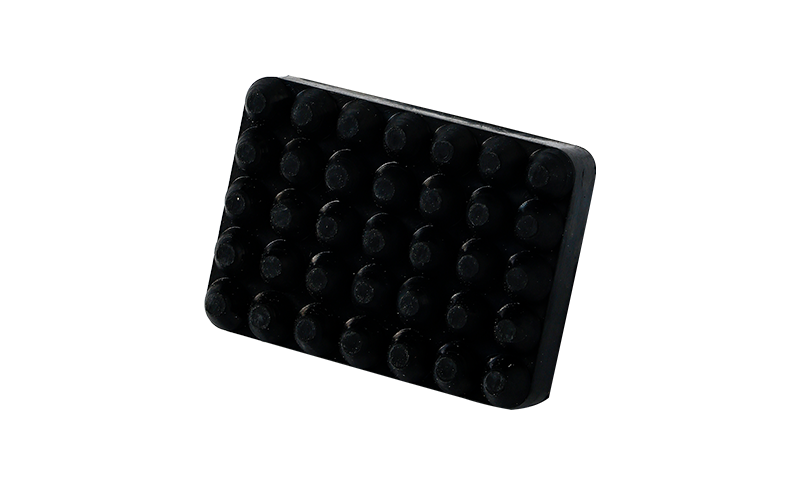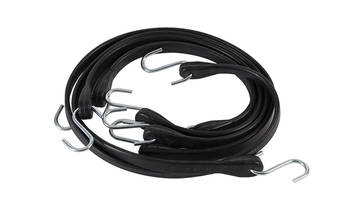rubber foot pads: Everyday Applications, Performance and Buyer Insight
When someone slides a chair across a hardwood floor or places a heavy equipment stand on a tile surface, the small component doing a lot of unseen work is the rubber foot pads. These pads serve as an interface between furniture or equipment and the floor, protecting the surface, reducing noise and preventing unwanted movement.

rubber foot pads: Definition and Common Applications
Rubber foot pads are small rubber‐based cushions or pads affixed beneath legs of chairs, tables, appliances or machinery. They can be adhesive back, screw‐on, or push‐fit style. One practical use is to protect hardwood or laminate floors from scratches and dents when furniture is moved. They also absorb vibration under machines, reducing wear or unplanned downtime. Data shows that rubber pads reduce vibration transmission significantly compared with bare metal feet: in industrial applications, vibration can be reduced by up to 30 % when rubber foot pads are used instead of hard mounts.
rubber foot pads: Who Uses Them and Daily Scenarios
In households, users apply rubber pads under chairs, stools or sofas placed on laminate or tile floors to prevent sliding and damage. For example adhesive rubber furniture feet have grown popular among home office setups on oak or parquet floors. In commercial and industrial environments, rubber foot pads are placed under heavy machinery to isolate vibration and protect flooring and equipment stands. Even fitness equipment users benefit: treadmills, elliptical machines often include rubber foot pads to reduce noise and floor impact. A comparison found that in a gym setting, machines with rubber feet reported ~25 % less floor resonance and transmitted noise than those without.
rubber foot pads: Material and Performance Comparison
Rubber foot pads generally outperform felt pads or plastic pads when hard surfaces are involved. For example a comparison report shows rubber pads offer non‐slip grip and durability: rubber pads may last 2 to 3 times longer than felt pads in heavy use. Felt pads allow gliding movement but offer limited grip (and they may wear down faster). On the other hand, rubber pads restrict movement, which may not be ideal if frequent sliding is required. In terms of cost, rubber foot pads remain a cost‐effective solution for many furniture and equipment applications because the manufacturing cost of synthetic rubber pads is around 30 % less than custom-engineered dampers or active mounts. For DIY home users, this means a balance of performance and affordability.
rubber foot pads: Maintenance, Signs of Wear and Buying Tips
How often should one inspect rubber foot pads? It is wise to check them during routine cleaning or whenever furniture is relocated. Signs of wear include visible cracking of the rubber, flattening of the pad, adhesive backing coming loose, or increased noise/vibration when furniture is used. If a chair leg shifts more than normal or an appliance seems to “wander”, the foot pads may have lost their grip. When selecting pads, consider the floor type (hardwood, tile, carpet), load (light furniture vs heavy machinery), thickness of the pad (thicker pads often better vibration isolation) and whether adhesive or mechanical fixation is needed. Some advanced pads also include felt or fabric layers over rubber to protect especially delicate floors.
In conclusion, the term rubber foot pads covers a deceptively simple component that influences how furniture, appliances and equipment behave in everyday use. From home floors to industrial stands, these pads help prevent damage, reduce noise and improve stability.
Related Products
-
 View More
View More
Industrial Flat Nature Tarp EPDM Rubber Strap with Hooks
-
 View More
View More
100% EPDM 9"/10"/15"/21"/31"/41" Rubber Tie Down Tarp Straps with S Hook
-
 View More
View More
7-wire hook light truck tire chain dobby tensioner
-
 View More
View More
Blue multi- arm tighteners for light truck tire chain with 6 wire hook
-
 View More
View More
JB-21 Rubber Foot Pad, Cargo Bar Pad
-
 View More
View More
Plastic/Rubber Bundled Cargo Stepping Board


